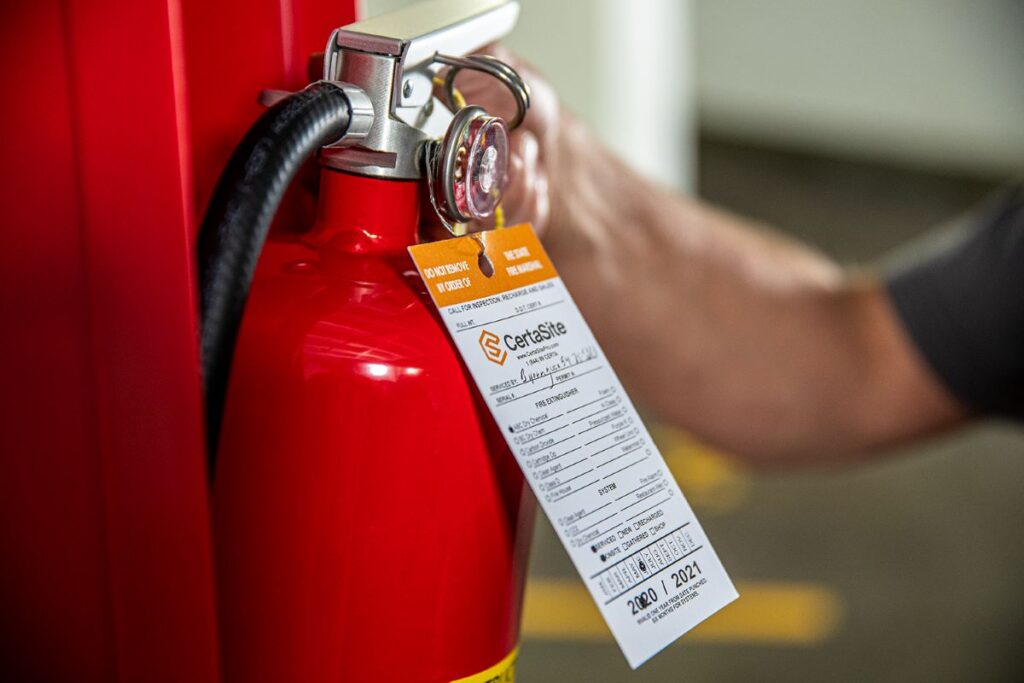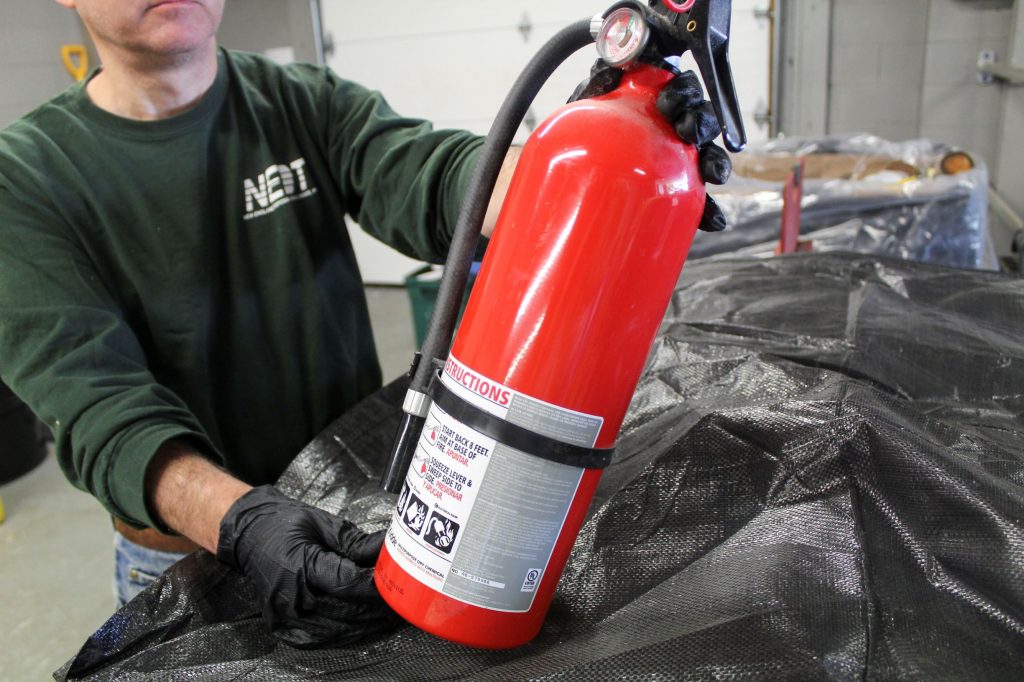Fire hazards are one of the most common disasters that people come across in their daily lives. People participate in drills, activities, and workshops to master this skill of handling fire hazards. Here they learn more about nearby things they can use to control the fire and how to use a fire extinguisher. You can even undergo fire hazard training yourself, information about which you can find on this site.
Everyone should know about fire training and how to handle a fire extinguisher. Yet at times, the extinguisher doesn’t work correctly because of wrong inspection and maintenance. Read below on how to inspect the extinguisher and maintain it.
How To Properly Inspect Your Type A Fire Extinguisher

Type A fire extinguishers are those that can extinguish fire on surfaces like plastic, wood, cloth, etc. These surfaces can be found anywhere in every place, and of which have at least a type A fire extinguisher is appropriate. Proper inspection is necessary to ensure that it works appropriately in hazardous situations and doesn’t finish in mid-session. Inspection is necessary and is even done as a part of maintenance to ensure that nothing is left out.
Read below about what you should check to ensure that you have correctly inspected your fire extinguisher.
1. Regularly Check The Pressure Gauge
The pressure gauge gives you indications about how much pressure and whether the asphyxiator is empty or not. Generally, if the pressure in the gauge is low, you should lift up the asphyxiator to check its heaviness. If it’s heavy, then it’s probably half-filled; if not, you need to refill or replace the asphyxiator accordingly. If the pressure gauge shows higher pressure or is in the correct position, then it’s good to go.
2. Track The Service Date
Tracking when it was previously serviced is very important to know when you need to inspect and get maintenance next. At least once a year, the asphyxiator should get maintenance done. If not, the asphyxiator can run out or properly not work when needed. The service date is updated on the tag alongside or on the neck of the fire asphyxiator.
3. Confirm Its Location And Instruction Label

The asphyxiator should be placed in a place that can catch fire more quickly than other places and should be accessible to others. The location of an asphyxiator is essential in determining its effectiveness and use. Along with its locations, the instructions on the label should also be legible. If they are too small or have some parts which are not legible, it can cause great panic and the fire to spread before it can be extinguished.
4 Things To Do Maintain Your Type A Fire Extinguisher
Having a non-working or empty extinguisher is the same as being useless in case of fire hazards, which is why it’s crucial to get your extinguisher regularly serviced and replaced if needed. No matter what, if the fire safety system is lacking, it can lead to danger to life and property and cause more damage than one could imagine. Below are the top four things you should do to ensure your extinguisher is serviced correctly.
1. Inspect The Fire Extinguisher
Inspection is one of the essential steps of maintenance, as mentioned above. When you inspect the asphyxiator correctly, the majority of the issues get highlighted and can be dealt with. The steps mentioned above under inspection highlight what you should do during inspection to check everything from top to bottom in your asphyxiator. The inspection should be done every one to two months to ensure that there is damage and working issues with the body of the asphyxiator.
2. Refill The Fire Extinguisher
After some time, the gas inside the extinguisher escapes slightly. This amount is meager, but it can decrease the quantity of the gas inside with time. When you inspect it properly, you will be able to check the amount of gas inside and get it filled accordingly. It should be done especially after once or twice usage of the asphyxiator.
If you forget or cannot get it refilled, you should put it down somewhere safe and accessible. Doing so, people would not mistake it for a filled one and rush to the site of the fire with it. Also, you can identify which one out of all the asphyxiants is the one that is empty or used to get it refilled.
3. Track The Life Of The Fire Extinguisher

Like every other thing, extinguishers also have a life span. It is similar to the time in which you need to get it serviced, which is twelve months. When a licensed professional services the asphyxiator, they are better able to tell its condition and whether it needs to be refilled or replaced. To know when the professional should visit, you need to track the life of the extinguisher since it was last serviced or purchased.
Usually, you can find a date or information on when it got serviced last time on the tag on the neck or side of the asphyxiator. It is essential to keep this data safe as when the next time it will be serviced, this date will be taken into consideration for the service.
4. Replace The Fire Extinguisher Timely
On the occasion that the body of your extinguisher gets damaged, you should replace it as soon as possible. Significantly if its pickup tube is damaged, the asphyxiator deems useless and cannot be used. Also, you should remember that if the body is cracked, then it should not be used in any situation. Any crack, dent, or damage to the body is critical and should be checked out immediately, and the extinguisher should be replaced accordingly.
Conclusion
Having safety systems for hazards that are likely to occur in a place is essential. Fire hazards can happen anywhere, which is why having a suitable extinguisher is essential. After getting an extinguisher, the above points for maintenance and inspection should be looked after carefully to ensure its safe and can be used in case of fires.
